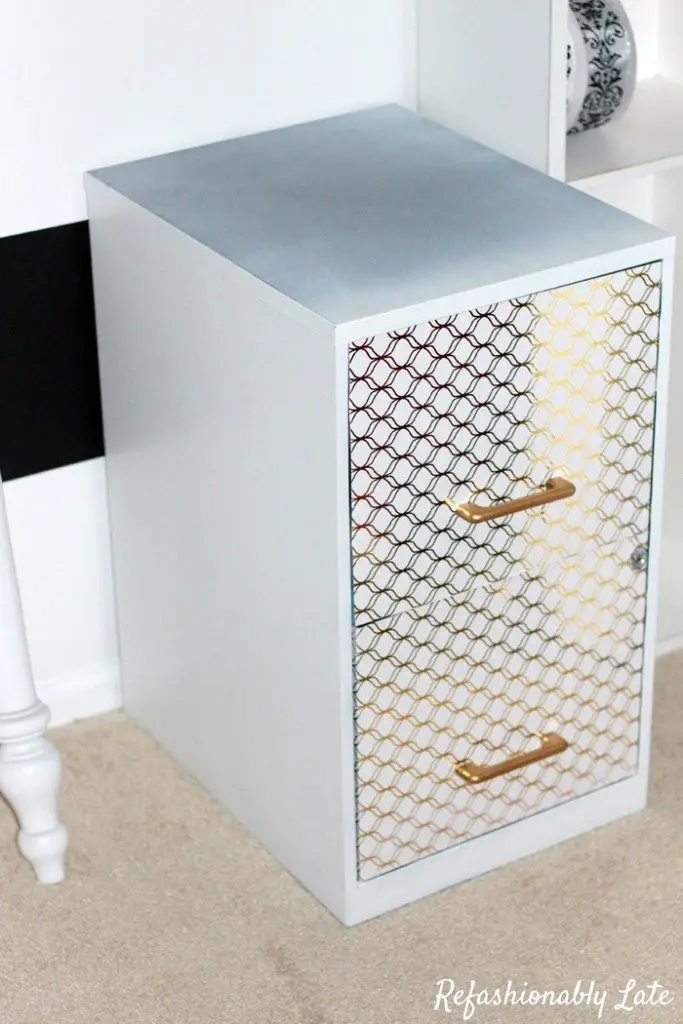Thinking of throwing that rusty old file cabinet away? Stop right there. Being creative is to see things both for what they are what they can be, we always say. And sometimes, it pays to look with a little more imagination at the stuff we’re about to throw away.
If you want to replace your current desk with a modern-looking one to give your work area new life, you might want to consider this DIY project first before purchasing a brand new desk!
 Instead of heading to the furniture store to buy an expensive new desk, you can go to a thrift store and get an old file cabinet. You can make your own unique desk using this old file cabinet as ‘legs’ on one side of the table. And while you’re on your search for recyclable and cheap materials, you can also look for an old door or reclaimed timber which can serve as the desktop.
Instead of heading to the furniture store to buy an expensive new desk, you can go to a thrift store and get an old file cabinet. You can make your own unique desk using this old file cabinet as ‘legs’ on one side of the table. And while you’re on your search for recyclable and cheap materials, you can also look for an old door or reclaimed timber which can serve as the desktop.
All you have to do is repaint/redesign, put the pieces together and that’s it! Whether you want a ‘new’ desk for your home office, art studio, guest room, or bedroom, this recycling idea is a great alternative which will only require a weekend to finish.
 Not too crazy about the file cabinet desk featured above? Find an inspiration that suits your taste from our gallery below and learn the basic steps by heading over to the tutorial from Refashionably Late! :)
Not too crazy about the file cabinet desk featured above? Find an inspiration that suits your taste from our gallery below and learn the basic steps by heading over to the tutorial from Refashionably Late! :)
Materials:
- Old File Cabinet
- Wood (desktop)
- 2 Furniture Legs
- Wrapping Paper
- Mod Podge
- Spray Paint
- Gorilla Glue
Tools:
- Drill
- Screwdriver
- Cutter
- Paintbrush
- Circular Saw
- Random Orbital Sander
Click on any image to start lightbox display. Use your Esc key to close the lightbox.













Thanks to Refashionably Late for this great project. You can get step-by-step instructions here…






